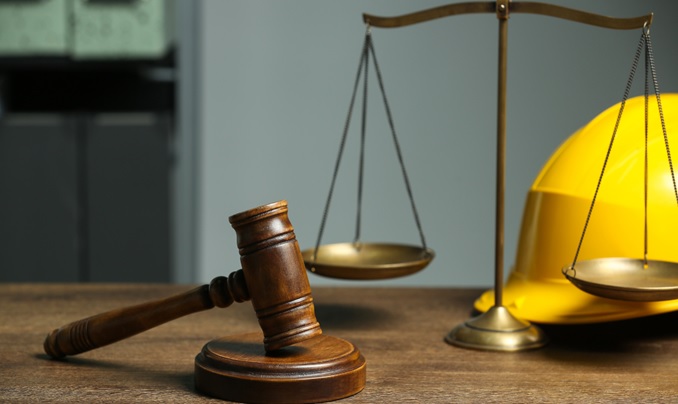Conveyancing: A Short Guide


Selling or buying a property is well known as one of the most stressful processes any person can go through. It can be a complex and time-consuming process, and just a tiny mistake along the way can cause delays and cost you money. That is why it is vital that you hire a solicitor with conveyancing experience, a firm that understands the complexities of the housing market and the legal processes that you must adhere to, ensuring that everything is above board and the sale or purchase can go ahead. Without this much needed support you could be left back at square one and with a much bigger bill than you originally anticipated.
There are three main stages of the conveyancing process.
The first is the initial agreement to buy or sell the property in question. This is where the two parties come to an agreement on the price of the property and the respective solicitors are instructed to begin the conveyancing process. The seller will arrange for an Energy Performance Certificate (EPC), which is a legal requirement for any property sold in the UK. The seller will also complete a Property Information Form, including all fittings and contents that are to be sold with the property. It is at this point that the contracts are prepared to be sent to the buyer, including the title of the property and all other important legal documents that are required at this stage. The buyer can then begin to go through the mortgage application process, requiring a firm written offer of a mortgage before the exchange of contracts can go through. The buyer should also obtain a survey before the contracts are exchanged, as well as conduct a Local Search and all other relevant searches on the property.

The second phase is the exchange of contracts once all the above steps have been taken. All parties are in agreement over the price, the contents, survey and searches, as well as all chain of transactions being good to go. The exchange of contracts should be simultaneous if there is a chain involved, with the same completion date as previously agreed by both parties. The 10% deposit (or other agreed deposit amount) is then paid by the buyer, with the completion date usually between 2-4 weeks after the exchange of contracts.
On completion the balance of the purchase money is sent to the seller’s solicitors, and the keys are released to the buyer, along with the title deeds and all other relevant property documents.
Always work with a conveyancing team that you can trust, one that will go the extra mile for you and ensure that all the t’s are crossed, and every I dotted. The conveyancing process can be a long journey, full of complexities and challenges, and one that the everyday person just can’t fathom without the help of an expert in the field. Take the hassle and headaches out of your hands and put a conveyancer to work that understands your specific needs and the legal details that must be processed in order for the sale or purchase of a property to successfully, and legally, go through without wasting time or money.











